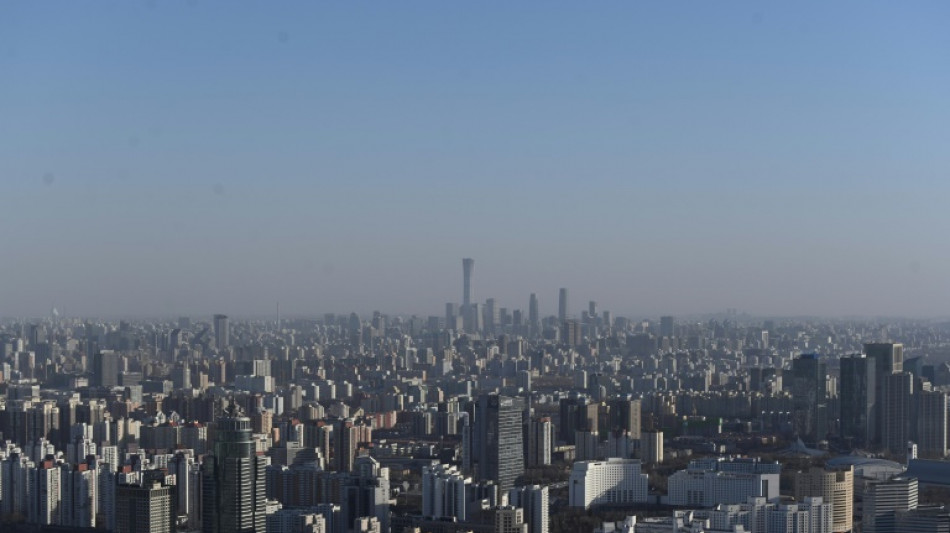
CMSD
0.1900


The stark contrast between the lives of two coronavirus patients unearthed by Chinese contact tracers sparked a widespread debate on Thursday over the country's entrenched wealth inequality.
One patient recently infected in Beijing went skiing, shopped at Dior and watched live comedy.
Another hauled construction waste through the night across China's capital, working more than a dozen odd jobs in two weeks while he searched for a missing son.
Chinese authorities regularly release semi-anonymous descriptions of Covid-19 patients' movements in the days leading up to their diagnosis as part of contact tracing efforts.
Beijing is battling a fresh Covid outbreak just days before the start of the Winter Olympics, reporting six new locally transmitted cases over the past week.
The itinerary of a 44-year-old man surnamed Yue, who was found to have an asymptomatic infection on Tuesday, went viral for the life of hardship it revealed.
Yue, a native of Henan province, visited two dozen locations including construction sites for work from January 1 to January 17, often late at night, and ate out only once -- at a budget noodle restaurant.
An interview with Yue published by the state-run China Newsweek revealed that the man had come to Beijing to search for his missing adult son, and that he was working to support his younger son as well as his parents, who were unwell.
Yue said his wife worked for a kelp seller in Shandong province, earning only 10,000 yuan ($1,577) each year, while he was able to make a similar amount doing odd jobs in Beijing in less than two months.
Chinese media quickly dubbed Yue the "most exhausted man found by contact tracers", with many social media users pointing out that his plight was not uncommon among the country's millions of migrant workers.
"He represents the majority of disadvantaged people struggling at the bottom of society," one user on the Twitter-like Weibo commented.
Others pointed out that Yue's case stood in stark contrast with the lifestyle of another Covid-19 patient reported in Beijing last week.
The earlier patient, an affluent office worker, had celebrated New Year's Day with a Peking duck lunch, shopped at a luxury boutique and visited a theatre the next day. She then went skiing the following weekend.
The viral online discussions about the two cases come as Chinese President Xi Jinping launches a "common prosperity" initiative to reduce economic inequality.
It has included crackdowns on tax evasion and excessive incomes in the entertainment and tech industries.
China's breakneck development in recent decades has pulled hundreds of millions out of poverty but the world's most populous nation remains a deeply unequal place.
The richest 20 percent earn more than 10 times the poorest 20 percent, according to Bloomberg News, a wider wealth gap than in the United States or European countries such as Germany and France.
N.Lo--ThChM